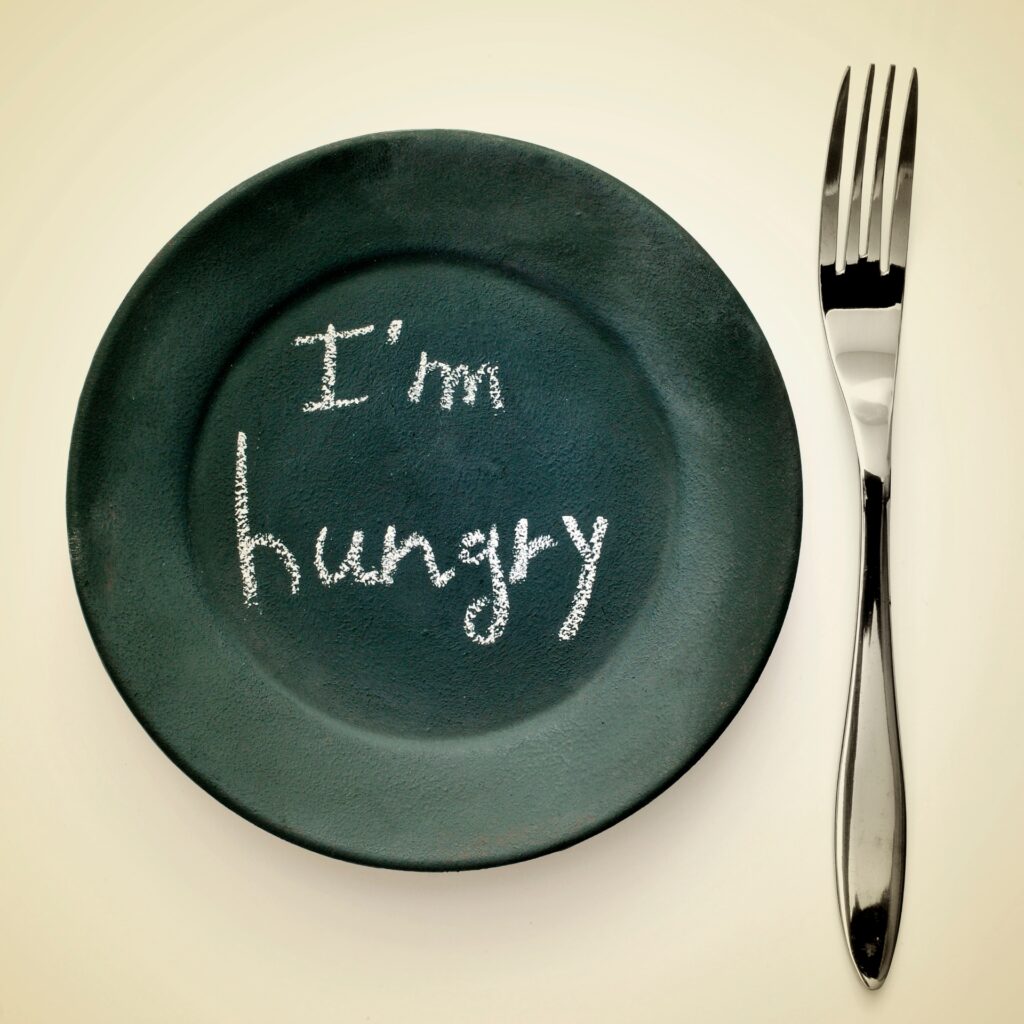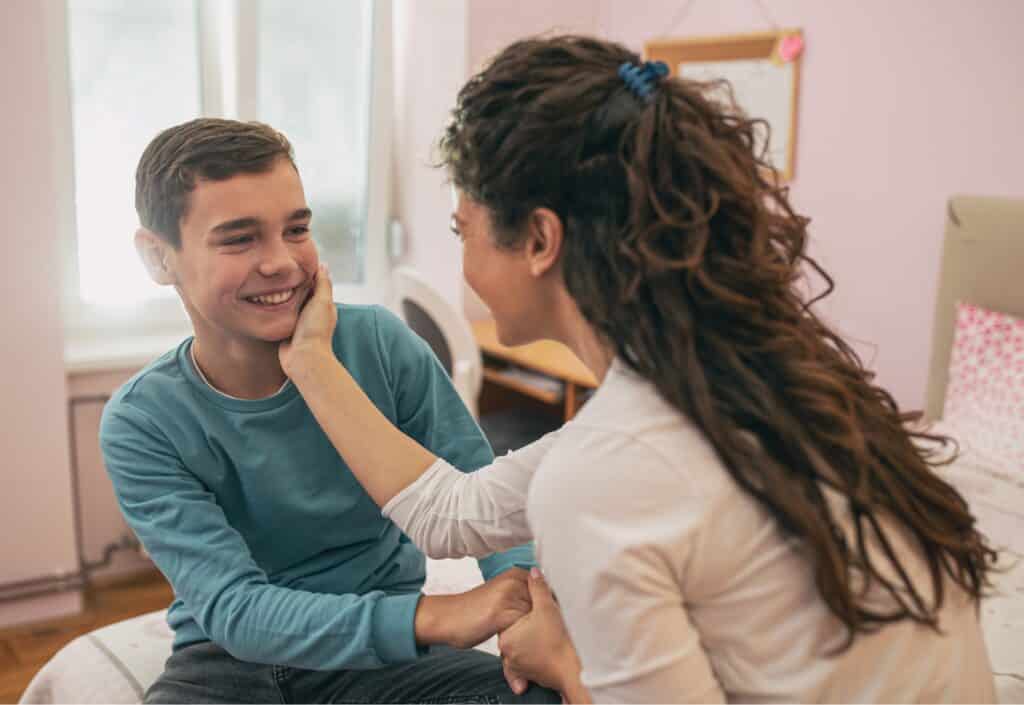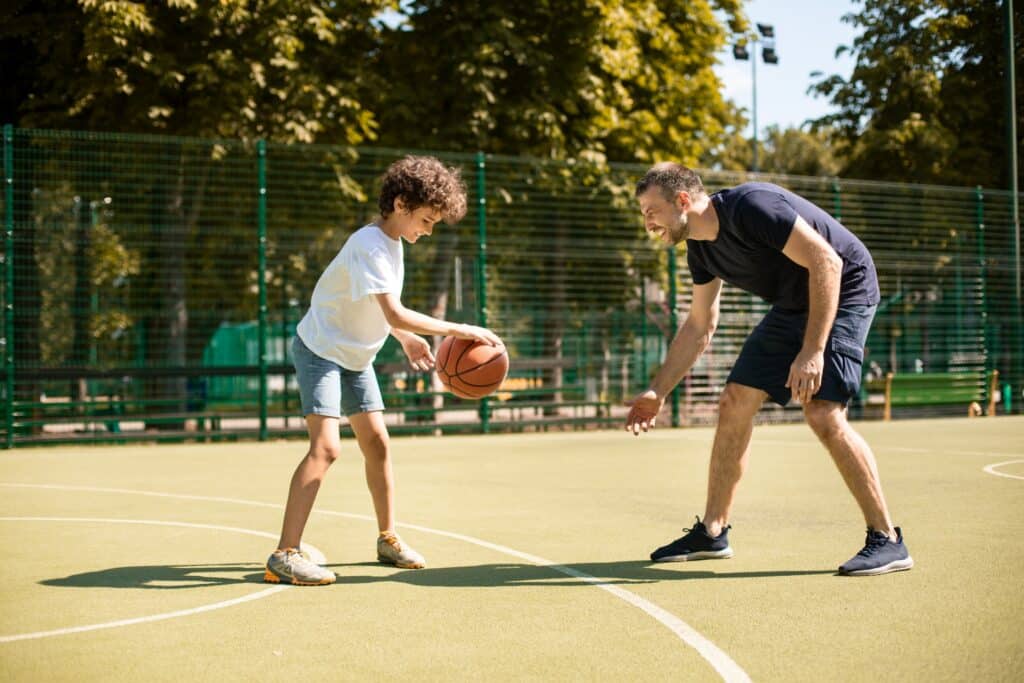Does Instagram Affect Body Image?
Instagram accounts that encourage eating disorders
JUL 21, 2022
Does Instagram Affect Body Image?
Instagram accounts that encourage eating disorders
Internal researchers at Instagram have found their app is harmful to many of its young users. “We make body image issues worse for 1 in 3 teen girls,” they revealed to the Instagram executive team in 2019.6
It isn’t just a problem for teenage girls; boys are also affected. The same research showed that nearly 1 in 7 boys said Instagram made them feel worse about themselves.6
We make body image issues worse for 1 in 3 teen girls.
-Internal Researchers at Instagram, 2019
The negative feelings are concerning, but Instagram compounds the problem by promoting pro-eating disorder content.
In other words, the app makes kids feel bad about their bodies and provides space for proponents of eating disorders to encourage them to develop unhealthy eating habits.

Social Media and Body Image
While all social media can foster unhealthy comparisons and lead to body dissatisfaction, Instagram is particularly dangerous.
Build resilience in children and practice critical thinking by looking at profiles and posts together, then discussing the messages you find.
Instagram’s platform is hazardous when it comes to body comparison. Users often portray a perfect, idealized version of themselves on the app.
Instagram is all about images, so its users emphasize bodies and lifestyles. This hyperfocus leads to social comparison and often causes body image problems in kids.6

Social Media Influencers and Eating Disorders
According to a 2022 Fairplay for Kids study, nearly 90,000 unique Instagram accounts directly promote eating disorders. These aren’t just pictures that portray thin, toned people recommending diet and exercise—these accounts promote, normalize, celebrate, and even coach kids on how to starve themselves.
Instagram makes 1.8 million dollars a year from content in the pro-eating disorder bubble.
—Fairplay For Kids, 2022
Together, they’re called Instagram’s “pro-eating disorder bubble,” and they reach 20 million unique followers, nearly 1 in 75 of all Instagram users.1

Pro-eating disorder account features
While not every pro-eating disorder account looks the same, most have common similarities.
Whether influencers post pictures, words, or hashtags, they signal to followers that they are part of the bubble. Parents aware of these distinct features are better equipped to monitor their children’s accounts and spot warning signs early on.

Pictures
Because Instagram is a photo-sharing platform, the crux of the pro-eating disorder bubble on Instagram is posting images. Pictures of ultra-thin people are a staple and used for “thinspiration” (thin + inspiration).
These accounts also share images of meals, exercise routines, scales, and other content normalizing disordered eating.

Jargon
Instagram accounts that encourage eating disorders often use special language in bios to attract the notice of their target audiences. These abbreviations include “ana” for anorexia, “mia” for bulimia or “TW” for trigger warning.1
Phrases like “I hate food” or “starving for perfection” indicate that an account is part of this dangerous trend.
Weigh-ins and BMI
Many owners of these accounts will document their weight.1 They post things like “SW (start weight): 130”, “CW (current weight): 120”, and “GW (goal weight): 110”.
If you believe that R.J. Reynolds should have been more truthful about the link between smoking and lung cancer, then you should probably believe that Facebook [Instagram’s parent company] should be more upfront about links to depression among teen girls.
—Jean Twenge, Professor of Psychology, San Diego State University
They also will share their body mass index (BMI) or their height and weight, which can be used to calculate BMI.

Hashtags
In their posts, pro-eating disorder accounts will use hashtags5 like:
Addressing the Issue Before It Becomes a Problem
Eating disorders are complex and not caused by a single factor.
As parents, we can’t control all these factors. However, there are things we can do to reduce risks, increase protection, and help empower our children to avoid developing unhealthy eating habits.
Biology, environment, life experiences, friends, emotional problems, and even hobbies can all play a part in a child developing these complications.2
Have body-positive conversations and talk openly about how some people struggle with disordered eating.
—Jean Twenge, Professor of Psychology, San Diego State University
Being candid about difficult topics removes the shame and opens the door for a child in your care to warm up to you.

Teach digital media literacy skills
Both the National Eating Disorder Association (NEDA) and the National Eating Disorder Collaboration (NEDC) encourage parents to teach their children digital media literacy skills.
Kids with strong digital media literacy skills think critically about the content they consume. They aren’t passive consumers. They ask themselves what direct and hidden information their media sends and they carefully evaluate those messages.
Instagram’s algorithms inundate our kids with images of thin, fit, and attractive individuals, but the same stereotypes are everywhere. One way or another, our kids will get the message that they must be thin to be beautiful. Digital media literacy skills are essential to fighting back.

Practice coping skills
For many people, eating disorders are connected with mental and emotional problems, like anxiety or depression.2
This relationship goes both ways. Not only can mental health concerns contribute to the development of eating disorders, but eating disorders can also worsen mental illnesses.
Kids who learn healthy coping skills for dealing with stress, boredom, or anxiety, like going for a walk or dancing to music, can avoid developing unhealthy coping mechanisms like browsing social media passively and extreme dieting.3
These skills are not intuitive but must be taught. Talking together about what makes your child feel happy is a good starting place.

Promote a balanced approach to nutrition and exercise
Nutrition and exercise are two of the three pillars of physical health (sleep is the third, in case you were curious). They’re crucial to maintaining energy levels, self-confidence, and happiness. But the media constantly reduces the importance of these two pillars down to one thing—being thin.3
Parents can fight against this reduction by their example. When talking about exercise, we can emphasize the health benefits instead of focusing on weight loss. We can talk about the importance of a healthy diet instead of dieting.
Nutrition and exercise are two crucial pillars of physical health.
—Jean Twenge, Professor of Psychology, San Diego State University
Remember, promoting balance in nutrition and exercise takes practice. The media have conditioned parents and kids to obsess over their bodies’ appearance.
Sharing your own struggles with your children has value. They will not only feel supported but also be able to show support for you.
With younger children, we can ask questions like, “What can your feet do?” and “How do your arms make your life better?”

Challenge the thin ideal
The media is obsessed with thin and muscular people. It routinely suggests, implicitly and explicitly, that being thin is the “ideal” body type. What we see on our screens is unattainable and unhealthy for most people.
Parents can challenge these unrealistic ideals by having conversations about their negative impacts. Children are smart; let them do most of the talking. Ask them their thoughts about the potential dangers behind the idea that thinness is most attractive.

Helping kids avoid the comparison trap
The more time kids spend consuming media, the more they are exposed to images of “the perfect body.” It’s natural, almost inevitable, that they begin to compare themselves to what they see.3
Parents can help their children avoid drowning in social comparison and body dissatisfaction.
We can empower kids to recognize when the content they see online encourages social comparison. Looking at profiles and posts and discussing the messages being sent is a way to build resilience in children and help them become critical thinkers.

Assure them of your love
We can remember to regularly show our kids, through words and actions, how much we love them. Telling them what you admire about them, especially their inner strengths, is a way to strengthen your bond and help kids recognize their most important qualities.
We can model the self-love and confidence they’ll need to reject negative social media messages when we speak positively about our own bodies and capabilities.

When to Address the Issue
The users who consume and create pro-eating disorder content are often young.
1 in every 3 users within the bubble is under 18, and many are as young as 11.
(Fairplay, 2022)
For this reason, don’t wait to act until children are teenagers. The best time to have these conversations, practice these skills, and strengthen our relationships is now.
However, it is never too late to start, so if your kids are older, engaging in these conversations is important and may reveal concerning signs.
Getting Help for an Eating Disorder
If you are concerned that your child is suffering from an eating disorder, experts in the field recommend that we not attempt to handle the issue alone. Visiting your pediatrician is a great first step and will help you find the resources you and your child need.
Visit NEDA’s website or call their hotline at (800) 931-2237 to find support, resources, and treatment help.
Avoid Self-blame
When you realize your child may be struggling with unhealthy attitudes about food or disordered eating, it will be very easy to blame yourself. Choose a better way—be kind to yourself, live in the present, and seek support.
Share your worries and fears with trusted friends and family, learn what you can, and know that you are already the gold standard for your children instead of being crippled with guilt.
Are we perfect? No. Are we the right people for the job? Yes!












Success!
Your comment has been submitted for review! We will notify you when it has been approved and posted!
Thank you!